If you're on a weight-loss journey, you're likely focused on calories, macros, and workouts. But there's a hidden factor that can derail your progress—increased injury risk. Rapid weight loss, poor nutrition, and sudden increases in physical activity can strain joints, weaken muscles, and lead to setbacks. The solution? A strategic, low-impact weekly meal prep plan designed not just for fat loss, but for long-term resilience.
This actionable blueprint helps you lose weight safely by fueling your body with nutrient-dense, anti-inflammatory foods that support joint health, muscle recovery, and metabolic balance—reducing the risk of injury along the way.
Meal prep isn’t just about convenience—it’s a powerful tool for consistency. When you plan and prepare meals ahead of time, you avoid impulsive, nutrient-poor food choices that can lead to inflammation, fatigue, and poor tissue repair.
Chronic inflammation from processed foods, excess sugar, and unhealthy fats can weaken tendons and ligaments, making you more prone to strains and sprains. A well-structured meal prep routine ensures you’re consistently consuming foods that reduce inflammation and support connective tissue health.
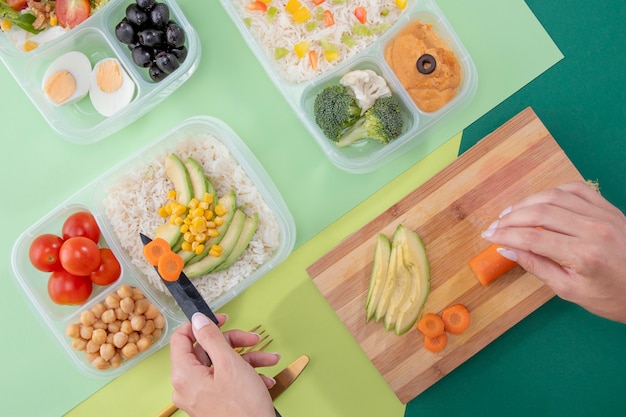
'Low-impact' doesn’t just refer to exercise—it applies to nutrition too. A low-impact diet minimizes stress on your body’s systems by focusing on whole, easily digestible, and nutrient-rich foods. This approach supports gradual, sustainable weight loss while protecting joints and muscles.
Start each week by designing a 7-day meal plan. Focus on including:
Aim for a balance of macronutrients in each meal to maintain energy and satiety.
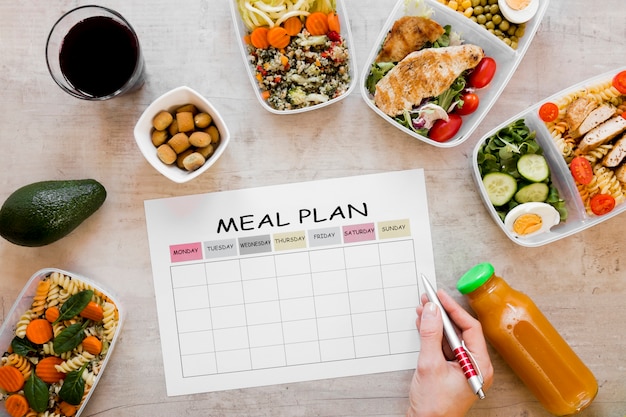
Create a detailed grocery list based on your meal plan. Stick to the perimeter of the store where fresh produce, proteins, and dairy are located. Avoid processed foods, sugary snacks, and refined grains.
Dedicate 1–2 hours to cooking core components:
Store components separately to mix and match meals and prevent sogginess.
Use meal containers to portion out breakfasts, lunches, and dinners. Include a source of protein, fiber, and healthy fat in each. This prevents overeating and ensures balanced nutrition throughout the week.
Add foods known to support tissue repair and reduce inflammation:
Consistency is key. Use these simple weekly check-ins to monitor your progress and adjust as needed:
Weight loss doesn’t have to come at the cost of your physical well-being. By adopting a weekly meal prep routine centered on low-impact, anti-inflammatory nutrition, you’re not just shedding pounds—you’re building a stronger, more resilient body.
This blueprint empowers you to take control of your health with simple, repeatable steps. Over time, you’ll notice not just a lighter frame, but improved mobility, fewer aches, and greater confidence in your daily movements.
Start this Sunday. Prep with purpose. Move with confidence.

Wellness

Wellness

Wellness

Wellness

Health
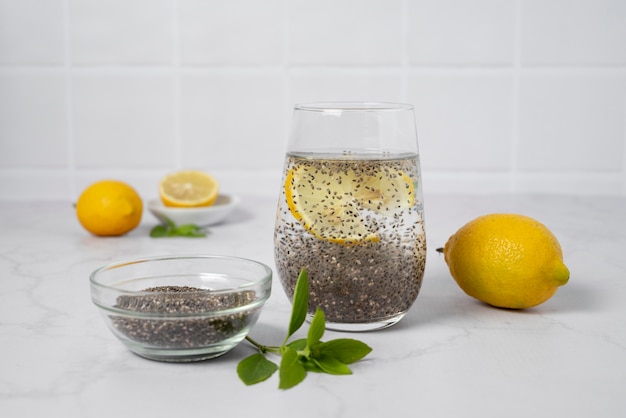
Health
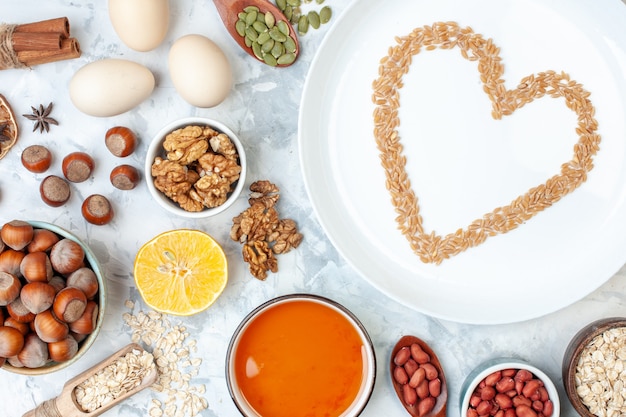
Health

Fitness

Wellness
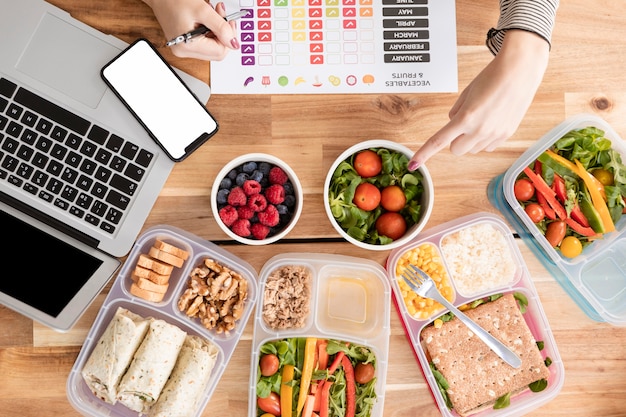
Wellness

Fitness

Fitness

Health

Fitness

Health

Health